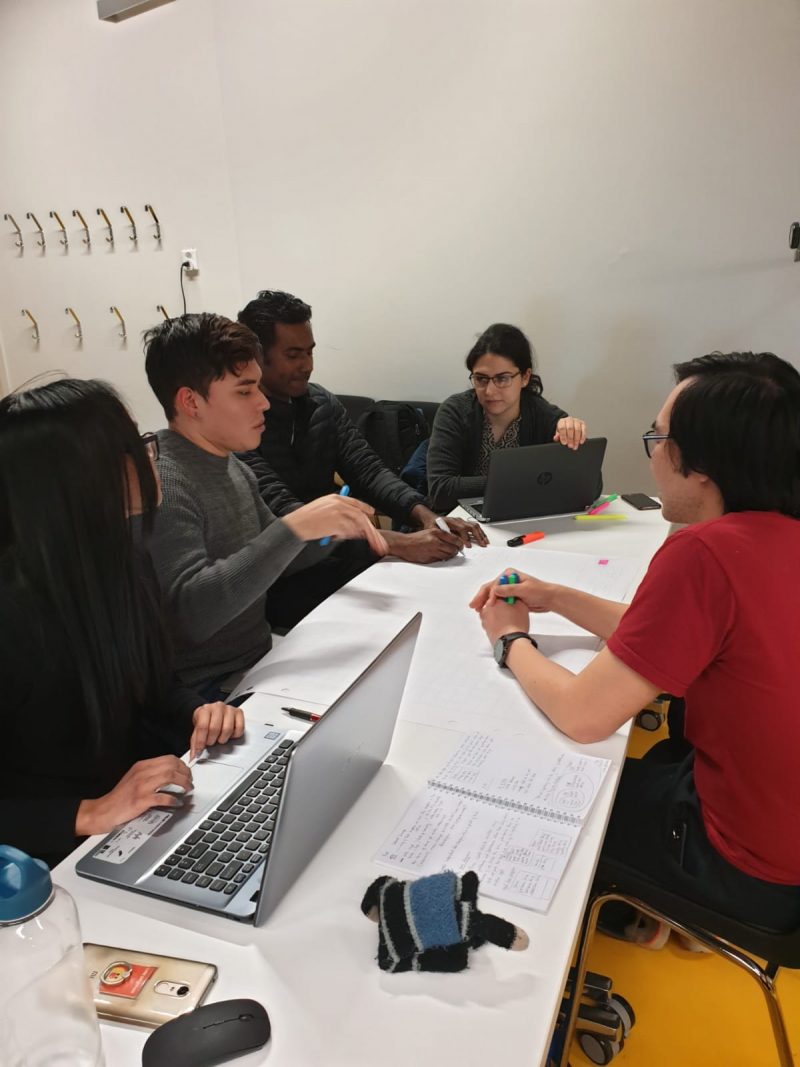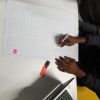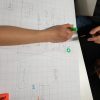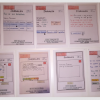
The building blocks of being a health informatician – part 1 of 3 (Course review)
I am in the halfway of the spring semester, the semester where we are “getting real” with learning to be a health informatician. As I said before in my other blog about the first semester (read it here!), you might be spoiled by its level of intensity, as it focused more on how to create the common ground for all of the students coming from various backgrounds with various informatics proficiency levels. Then, in the second semester, I feel like getting shaped into the health informatician of the current era, starting from the course titled “User needs, requirements engineering, and evaluation”. So, keep on reading to see my experience with the course.
The course was divided into three blocks, each with its own assignment, all were group assignment, and it concluded in a final individual assignment. As usual, the group was randomly formed, which I like because I get to work with people with different characteristics, knowledge, and skills which I can learn a lot from. Then each group will work on own (almost) real-life case, with real clients, where we were supposed to be some sort of the health informatics consultants. Interesting, ain’t it?
Block 1 – Understanding user needs and contexts
During this block, we learned how to understand the context of the case presented to us, how to define and describe the problem hidden within the case, and how to determine the stakeholders who were related to the context of the case. After being fully filled with the lectures and study materials, we got the opportunity to actually meet the client, to whom the project that we were working on belongs to.
Then, we would practice interviewing or using other information gathering skills and tools. When we felt that we had sufficient information already, then we headed into creating the preliminary report for the project and presented it as if we were convincing the stakeholders to grant us the approval (and hopefully the funding) to start designing the project that should be the solution of the identified problems. That was our first assignment in the course.
I was quite lucky to be in a group where all of us are the night owls. We mostly have our online group meeting during the night.
Block 2 – Requirements engineering
This block was also called “designing to meet users needs and requirements”. This block got even more interesting as we got our hands “dirty” to work on materializing the project by creating prototypes. First, we would design several use cases in our solution, pick one that was most representative to the core of the solution. Then we designed the prototypes (yes, I write in plural form, as we should design more than one prototype). To equip us in doing this, we had several guest lectures, such as from the Usability Partners and inVision app. The lectures were so captivating that in the end, some of my colleagues collaborated with our programme director to arrange company visits for us. At the end of the blog, every group presented their own prototypes. I liked it a lot since I got to see various kind of creativity from all of the groups.
Those are two paper prototypes we created.
I think I shall stop here for now. Next time I will explain about block 3 and the culmination of course, where we were assigned to work on additional exciting projects. Until then!
Contact:
LinkedIn: Winner Ng
email: winner.ng@stud.ki.se






0 comments